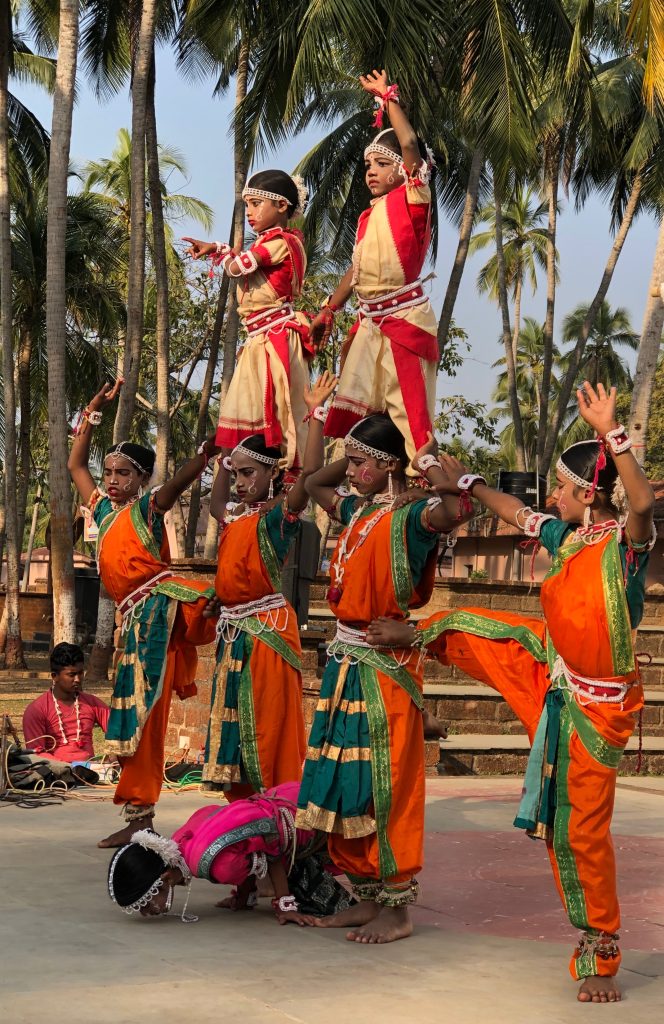Context:
Gotipua child artists, face an uncertain future when they hit puberty, leaving them without the skills required for a job.
More on the news
- In this boys-only dance form, a child’s journey as an artist often concludes at puberty, leaving them without the education required for an office job or the skills for a tradesperson.
- The journey for Gotipua dancers involves over 20,000 hours of rigorous training spanning 10 years.

Gotipua Dance History
- In the Oriya language, “Goti” means “single” and “Pua” means “boy”. The Gotipua dance was performed in Orissa by young boys who dressed up as females to praise Lord Jagannath and Lord Krishna.
- The actual form of the dance is executed by a group of boys who perform acrobatic figures inspired by the life of Radha & Krishna. The boys start to learn the dance at an early age until adolescence when their androgynous look is fading.
- Around the 16th century (during the time of Bhoi king Rama Chandra Dev, founder of the Bhoi dynasty), with the decline of the Devdasi (Mahari) dancers due to Vaishnavism, the class of these boy dancers came into existence in Orissa, to carry out the tradition.
- Gotipua gurukuls flourished under the patronage of kings and zamindars.
- The philosophy of the Gotipuas is embedded in the Sakhibhava Culture where the devotees consider themselves to be consorts of Lord Krishna.
Features of the dance
- It is mainly a Lasya (feminine) dance in the Odissi style.
- The singing is done by the dancers themselves.
- Its repertoire includes Vandana (prayer to God, or a guru), Abhinaya (the enactment of a song), and Bandha Nritya (rhythms of acrobatic postures).
- Musical accompaniment to the Gotipua Dance is provided by the mardala (a pakhawaj), gini (small cymbals), harmonium, violin, and flute.
- Hundreds of quaint musical instruments like the Sanchar, Samprada, Ghumra, Madal and Ghanta Vadya are also used.
- A variety of dance styles like the Dalkhai, Raserkeli, Nachnia, Bajnia, Maelajhara and Chutkachuta, explore the many moods and shades of human life.
- Girls were kept out of dance because their bodies were impure for a few days in a month, and they couldn’t step into the temple in such a stage.

